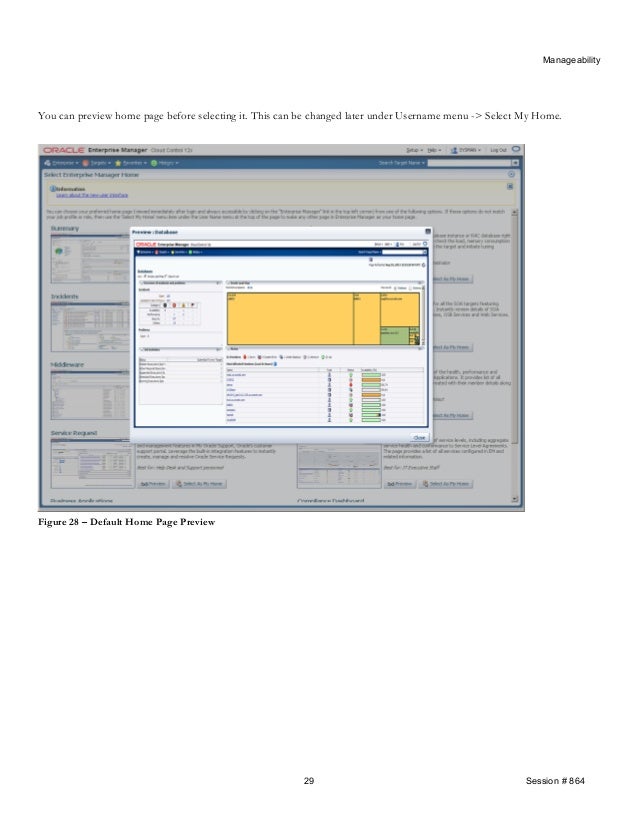
Select Configure the Database with Enterprise Manager.
#ORACLE 10G UPGRADE UPGRADE#
Database Upgrade Assistant also creates a batch files you can use to restore the database files. If you select this option, Database Upgrade Assistant makes a copy of all your database files in the directory specified in the Backup Directory field. I would like this tool to back up the database. Run the utlrp.sql script from the Oracle Database home to recompile all invalid PL/SQL packages now instead of when the packages are accessed for the first time. If you elect not to have Database Upgrade Assistant recompile invalid objects after upgrade, you must later complete the following steps manually as a post-upgrade task:Ĭonnect to the database where you installed Oracle Application Express as the SYS user. Select Recompile invalid objects at the end of upgrade to have the Database Upgrade Assistant recompile invalid objects after the upgrade. By default, the Oracle Database recompiles invalid PL/SQL modules as they are used. When you upgrade a database to the new release, many of the PL/SQL modules in your database become invalid. The Recompile Invalid Objects screen appears.

You may want to look at the following map file: $ORACLE_HOME/cfgtoollogs/dbua/XE/upgrade nn /mapfile.txt. When you select this option, the Database Upgrade Assistant creates a map file that you can open and edit. It enables you to move each file to different locations-unlike the other two options that move them to a single location. Select this option if you want to specify the explicit location for each file. Use a Mapping File to Specify Location of Database Files

It advises you to use Apache for a more secure configuration. It then asks if you want to proceed.Ī security alert informs you that remote access is always enabled for the HTTP server in the database after the upgrade. Depending on what it finds, it may recommend that you resolve certain issues before proceeding. The Database Upgrade Assistant Welcome screen appears.įrom available databases, select XE and click Next.ĭatabase Upgrade Assistant checks your system and performs pre-upgrade checks. On Windows, from the Start menu select Programs, then Oracle - HOME_NAME, Configuration and Migration Tools, and then Database Upgrade Assistant. Note that the Database Upgrade Assistant executable is located in $ORACLE_HOME/bin. On Linux, enter the following command at the command prompt: dbua Start Database Upgrade Assistant from the Oracle Database 10 g Oracle home: To upgrade Oracle Database Express Edition to Oracle Database 10 g: Click the Help button at the bottom of any page The Database Upgrade Assistant online help. "Upgrade the Database Using the Database Upgrade Assistant" in Oracle Database Upgrade Guide


 0 kommentar(er)
0 kommentar(er)
